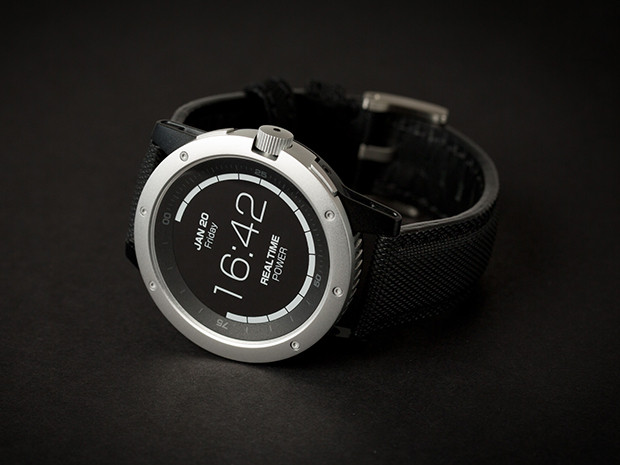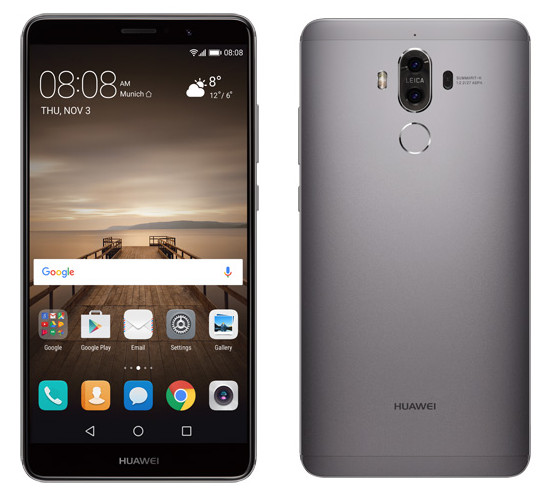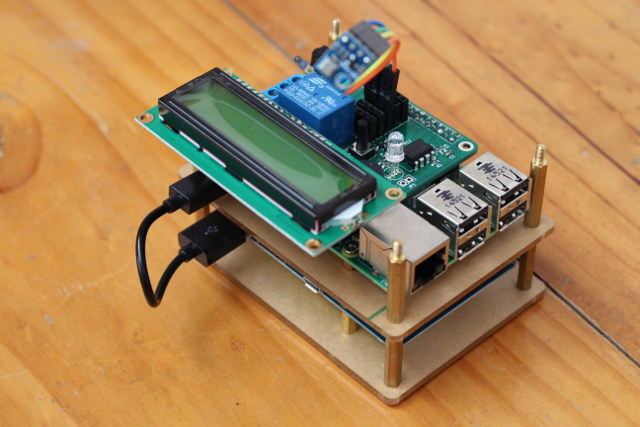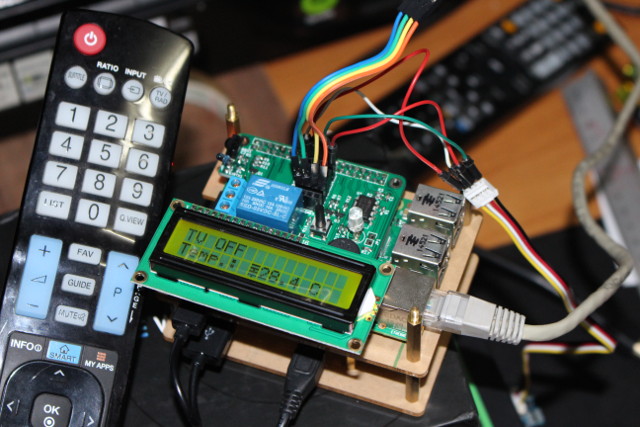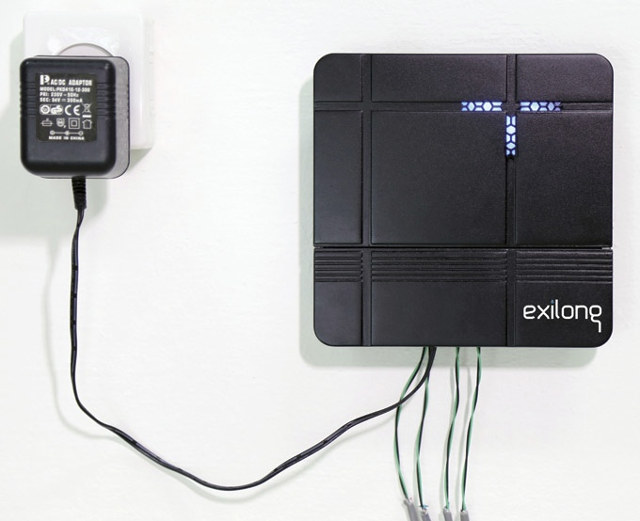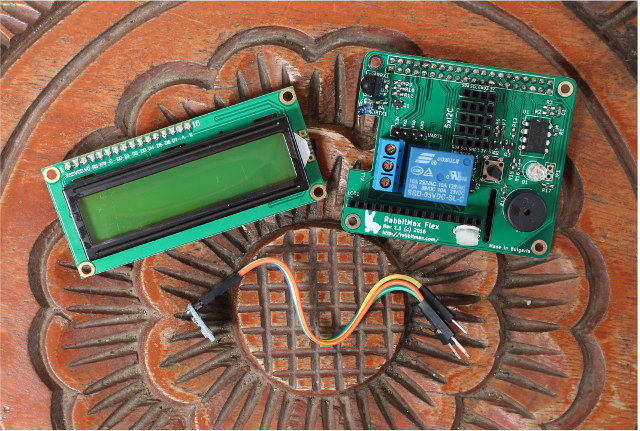STMicroelectronics SensorTile is a 13.5 x 13.5mm sensor board based on STM32L4 ARM Cortex-M4 microcontroller, a MEMS accelerometer, gyroscope, magnetometer, pressure sensor, a MEMS microphone, as well as a 2.4Ghz radio chip for Bluetooth 4.1 Low Energy connectivity for wearables, smart home, and IoT projects. SensorTile hardware specifications: MCU – STMicro STM32L476 ARM Cortex-M4 microcontroller@ up to 80 MHz with 128 KB RAM, 1MB flash Connectivity – Bluetooth 4.1 Smart/LE via BlueNRG-MS network processor with integrated 2.4GHz radio compliant with Sensors LSM6DSM 3D accelerometer + 3D gyroscope LSM303AGR 3D Magnetometer + 3D accelerometer LPS22HB pressure sensor/barometer MP34DT04 digital MEMS microphone I/Os – 2x 9 half holes with access to UART, SPI, SAI (Serial Audio Interface), I2C, DFSDM, USB, OTG, ADC, and GPIOs signals Debugging – SWD interface (multiplexed with GPIOs) Power Supply Range – 2V to 5.5 V Dimensions – 13.5 x 13.5 mm Software development can be done through […]
A Closer Look at Ingenu RPMA Alternative to LoRa or Sigfox LPWAN Standards & RPMA Development Kit
I’ve recently started to write a bit more about long range LPWAN standards for IoT applications, especially LoRa and Sigfox, as commercial networks are being launched, and relatively low cost hardware platforms are being introduced to the market. There are also other highly expected standards such as Weightless and LTE Cat M that will bring more competition to the market. Ingenu RPMA (Random Phase Multiple Access) is another available standard that’s been in deployment for a while, and based on an earlier comparison of long range LPWAN standards, it comes with long range, supports up to 384,000 nodes per “sector”, operates in the unlicensed 2.4 GHz ISM band, and offers high combined uplink and downlink bandwidth than competitors. Ingenu recently contacted me and provided some more details and information about their technology and development kit. One of the documents includes an “independent analysis completed by ABI Research, Inc.” comparing features […]
Meet Body Heat Powered MATRIX PowerWatch, The Activity Tracker You Never Need to Charge (Crowdfunding)
There are currently several issues with wearables that makes it sub-optimal devices, from displays that can’t be always-on, to unreliable sensors, and in my experience pretty poor reliability, as I’ve managed to go through 4 fitness trackers / smartwatches in a year. Another issue is that contrary to typical watches lasting 10 years with a coin cell battery, most wearables require to be charge every few days, weeks, with the very best devices being chargers every few months. MATRIX PowerWatch promises to solve latter, as you will never need to ever charge it since it charges itself by harvesting energy using your body heat. The company promotes it as a smartwatch, but it’s closer to an activity tracker, since you can’t keep the Bluetooth LE connection all the time in order to receive notifications to your smartphone. It’s basically used to show time, track your activity and sleep patterns, and […]
Huawei Unveils Mate 9 HiSilicon Kirin 960 Smartphone with 5.9″ display, 4GB RAM, 64GB Storage
Hisilicon Kirin 960 is one of the most powerful ARM mobile processor to date with four ARM Cortex A73 cores up to 2.4 GHz, four low power Cortex A53 cores, and a Mali G71MP8 GPU. It was expected in Huawei Mate 9 smartphone, but we did not have that many details, and now the company has made it official. Huawei Mate 9 specifications: SoC – HUAWEI/HiSilicon Kirin 960 octa-core processor with 4 Cortex A73 cores @ up to 2.4 GHz A73, four Cortex A53 cores at up to 1.8 GHz, a Mali-G71 MP8 GPU, and i6 co-processor/sensor hub System Memory – 4GB RAM Storage – 64GB UFS 2.0 flash + micro SD card slot up to 256 GB Display – 5.9″ FHD (1920 x 1080) display, 373ppi, 16.7M colors Audio – 4x microphones, stereo? speakers, 3.5mm headphone jack! Cellular connectivity MHA-L29 model: dual SIM support (one share with micro SD […]
RabbitMax Flex IoT Board for Raspberry Pi Supporting up to Five I2C Sensors Launched on Indiegogo for 20 Euros and Up
RabbitMax Flex is an add-on board, compatible with HAT specifications, for Raspberry Pi 2 /3 boards and other Raspberry Pi models with a 40-pin GPIO header. It includes headers for up to 5 I2C sensors, as well as an RGB LED, a buzzer, a relay, a button, infrared receiver and transmitter, and an optional LCD display, and as we’ve seen in my RabbitMax Flex getting started guide, a nice way to learning about hardware programming using either C or Python, or to used in home automation or IoT projects. The project has just been launched on Indiegogo. RabbitMax Flex specifications: Relay – Songle SRD-05VDC-SL-C supporting 125V/250VAC up to 10A, 30VDC up to 10A Storage – EEPROM with some system information for identification IR – IR LED, IR receiver Misc – Buzzer, Button, RGB LED Expansion Header for LCD character display + potentiometer for backlight adjustment 5x 4-pin headers for I2C […]
Getting Started with RabbitMax Flex IoT and Automation Hat for Raspberry Pi
At the beginning of the month I showed how to assemble RabbitMax Flex, a Raspberry Pi HAT compliant add-on board for Raspberry Pi boards with 40-pin header, that targets IoT and home automation project with its relay, IR transmitter and receiver, I2C headers for sensors, buzzer, RGB LED, and more. Since I’ve already described the hardware, I’ve spend some time this week-end following the user’s guide to play around with the board using a Raspberry Pi 2 board, and try various features. The user’s manual explains that you need the latest version of Raspbian, but I’d not played with my Raspberry Pi 2 board for a while, so the kernel and firmware were quite old:
|
1 2 3 4 5 6 |
uname -a Linux raspberrypi 4.1.7-v7+ #817 SMP PREEMPT Sat Sep 19 15:32:00 BST 2015 armv7l GNU/Linux pi@raspberrypi ~ $ /opt/vc/bin/vcgencmd version Sep 23 2015 12:12:01 Copyright (c) 2012 Broadcom version c156d00b148c30a3ba28ec376c9c01e95a77d6d5 (clean) (release) |
So the first thing I had to do was to upgrade Raspbian. There are basically two options to upgrade, either downloading and dumping the latest Raspbian firmware image to your micro SD card, and […]
Exilong RF & WiFi Irrigation System Automatically Takes Care of Your Garden Watering (Crowdfunding)
I find it fun to spend time watering the flowers and grass in my garden, but if you’d rather do it automatically then Tevatronic Exilong might be for you as the irrigation system controls up to 4 valves, triggers watering based on RF water sensing sensors via a gateway connected to the cloud through your wireless router. The kit gateway takes care of RF communication with sensors, WiFi connectivity to the cloud server, and turn on and off up to four 24V DC water valve part of your existing installation. It can be configured by iOS or Android mobile app, or your web browser. The other part of the kit are the water pressure sensors that you need to insert into the soil of your garden in order to monitor trees, bushes, and/or flowers. The sensors are using RF (433/915 MHz) communication, send data back to the gateway every minute, […]
RabbitMax Flex IoT & Home Automation Board and Kit for Raspberry Pi
RabbitMax Flex is an add-on board for the Raspberry Pi boards with 40-pin headers, namely Raspberry Pi Model A+ and B+, Raspberry Pi 2, Raspberry Pi 3 and Raspberry Pi 0, destined to be used for Internet of Things (IoT) and home automation applications thanks to 5x I2C headers, a relay, an LCD interface and more. I’ve received a small kit with RabbitMax Flex boards, a BMP180 temperature & barometric pressure I2C sensor, and a 16×2 LCD display. RabbitMax Flex specifications: Relay – Songle SRD-05VDC-SL-C supporting 125V/250VAC up to 10A, 30VDC up to 10A Storage – EEPROM with some system information for identification IR – IR LED, IR receiver Misc – Buzzer, Button, RGB LED Expansion Header for LCD character display + potentiometer for backlight adjustment 5x 4-pin headers for I2C sensors Dimensions – Raspberry Pi HAT compliant The assembly of the kit is child’s play as you don’t even need […]




